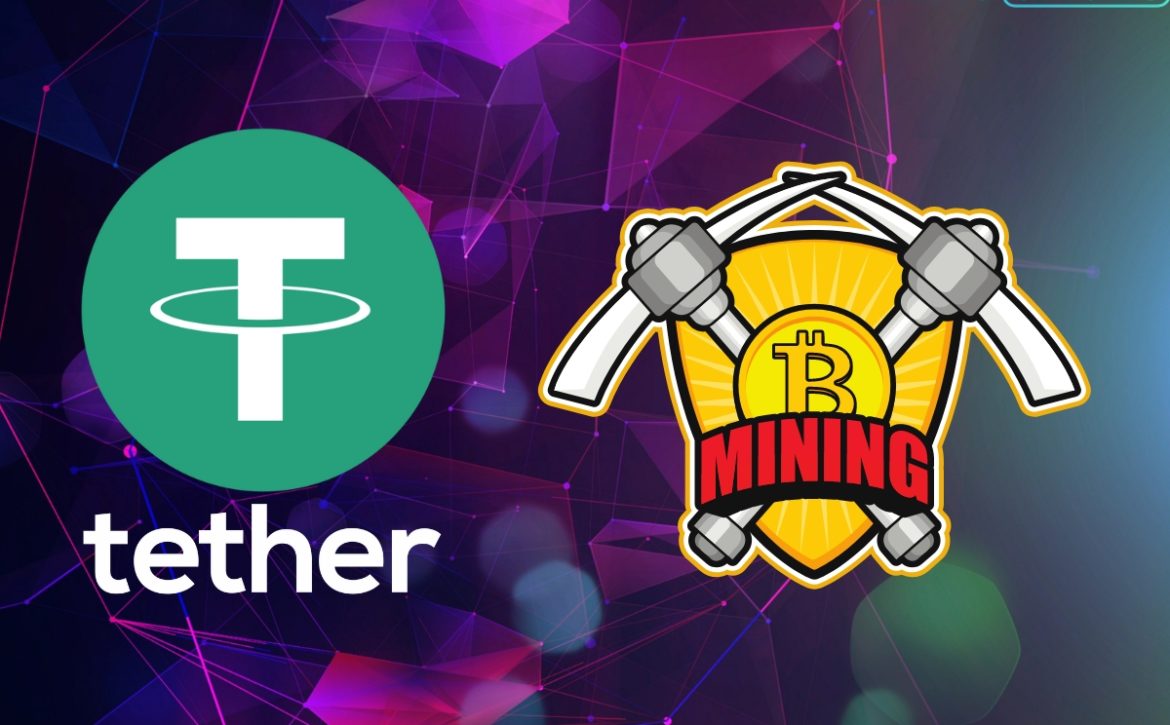Our experts tell us what we need to know about Bitcoin halving. As well as when to expect it, and what impact it may have on crypto market
The fourth Bitcoin halving is about a year away. This event occurs every four years and historically serves as a bullish catalyst for Bitcoin’s price rise and popularity.
Halving is a planned reduction in the number of newly issued BTCs. Which are created and distributed to miners who perform transaction verification and validation on the network. This is embedded in Bitcoin’s software code to ensure that the total number of coins in the network never exceeds 21 million units.
Halving first took place in November 2012, when the reward per block was reduced from 50 BTC to 25 BTC. The second reduction occurred in July 2016, when the reward dropped from 25 BTC to 12.5 BTC. The third and final halving occurred in May 2020, when the reward dropped from 12.5 to 6.25 BTC.
The next Bitcoin halving is expected in April 2024. The reward per block will be reduced to 3.125 BTC, reducing Bitcoin’s annual inflation rate from 1.7% to 0.8%. The final halving will occur in 2140, when the last Bitcoin will be mined. And the total supply of coins will reach 21 million.
Bitcoin’s monetary policy is unique compared to most other crypto-assets, which tend to have inflation. Dogecoin (DOGE) has 2-3% inflation. And Solana (SOL) has long-term inflation of 1.5%. Ethereum has had a negative inflation rate since the blockchain switched to the Proof-of-Stake (PoS) algorithm. As the volume of transaction fees burned on the network exceeded the volume of newly issued ETH coins. Halving occurs not only in Bitcoin, but also in other Proof-of-Work (PoW) cryptocurrencies, such as Litecoin (LTC) or Zcash (ZEC).
Profits of miners
Now the main part of the miners’ profits comes from the distribution of rewards for a found block of bitcoin (newly mined bitcoin). And at which 6.25 BTC is paid out to miners about every 10 minutes. The annual issuance of new Bitcoins creates about $9.8 billion, creating additional selling pressure. Which the market is forced to absorb every year.
Despite the fact that the number of new Bitcoins mined per block is halved. The cumulative income of miners after each halving increased. This is due to the rise in the price of BTC. But when the number of new Bitcoins mined in each block approaches zero.Then miners will no longer be able to rely on rising prices to cover costs.
In addition to newly issued Bitcoins, miners also receive income in the form of transaction fees. It can be assumed that the commissions for this should increase. At the same time compensating miners for the decreasing income from the issuance of new Bitcoins. Right now transaction fees are only 2.6% of miners’ income as a percentage of the total reward per block found.
This year has seen an upward trend in transaction fees. This is largely due to the emergence and popularization of so-called ordinals or BRC20-tokens. These are analogous to NFT in the Bitcoin blockchain, which require space in a block. New experiments with second-tier technologies such as the Lightning payment network or the Stacks smart contract platform. So too could further increase the strain on the blockchain.
If transaction fees don’t rise appreciably. Or miners fail to find alternative sources of income. Then Bitcoin’s long-term viability could be in question. And subsequent halving will put additional pressure on miners.
How Halving will affect the price
If you estimate the price dynamics in three Bitcoin halving cycles over a two-year period. And beginning one year before each halving and ending one year after it, one can get an idea of Bitcoin’s price trajectory as the fourth halving approaches. Over such a two-year period in 2012, Bitcoin gained about 30,000%. And in 2016, 786%, and in 2020, 712%. If Bitcoin performs as well as in the last two periods, its price could reach the $220,000 mark in 2025.
However, past performance is no guarantee of future results. And there are many other factors influencing Bitcoin’s price. Moreover, as Bitcoin develops and becomes more widespread over time, its price may become less volatile and more stable.
Another expectation of halving is less pressure on the price due to sales, especially from miners. Miners are the most predictable sellers of Bitcoin. That’s because they need to cover the cost of maintaining operations by converting new Bitcoins into fiat money. With each halving, the structural pressure to sell decreases. And assuming demand stays the same or goes up, the resulting price should also go up.









